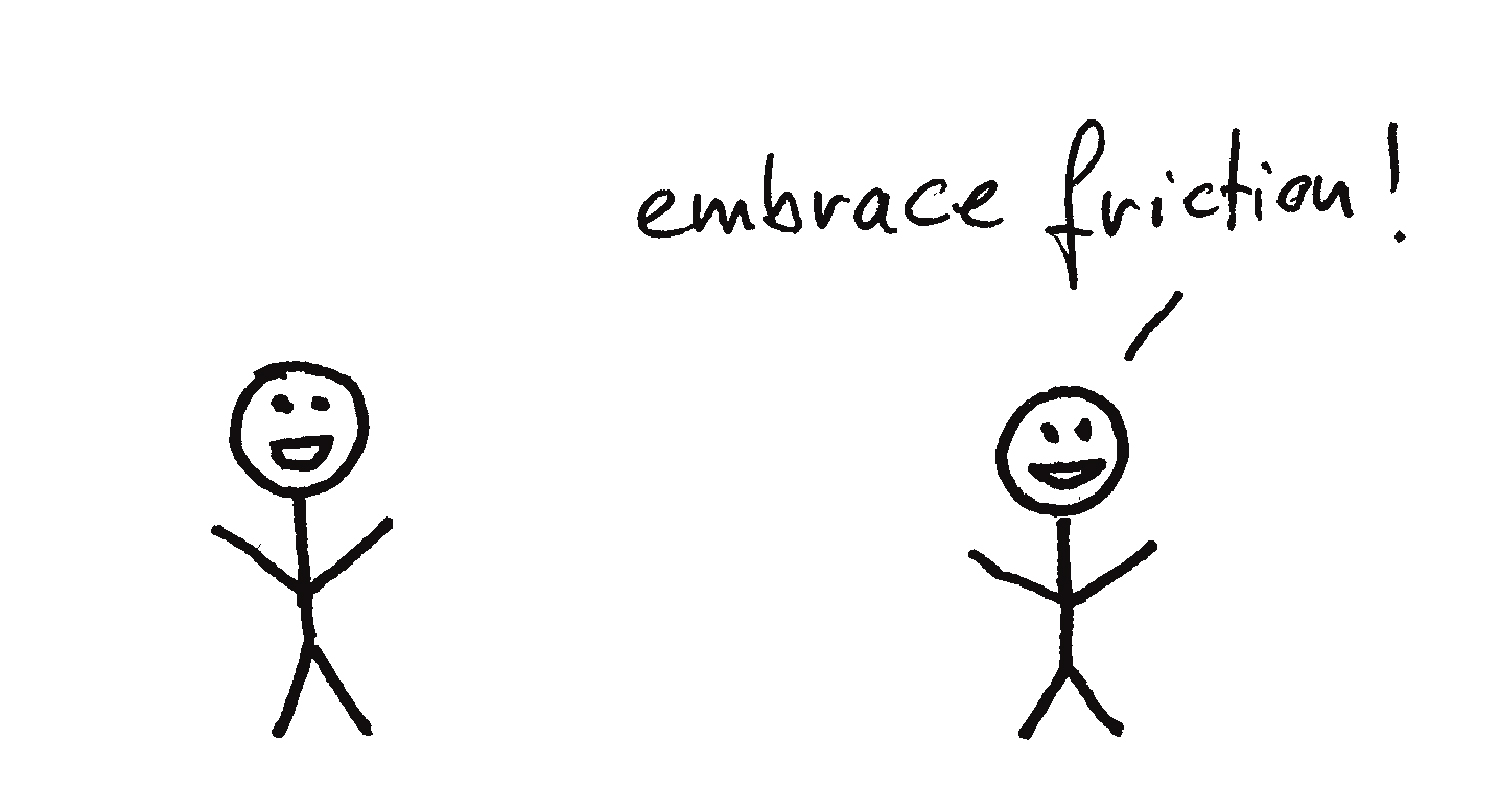

Ok yeah that’s super interesting, and maybe kinda sums up the whole thing: the devs make tech that reduces the opportunity for thought and engagement, and that frictionless experience results in worse outcomes for users, but better outcomes for profits.
And yet, paradoxically, there are probably plenty more folks like yourself that would prefer to use a different kind of app!



This is very similar to my story - end of support for win7 meant putting Mint on the HTPC.
Soon after that, it was the old laptop my spouse was about to chuck out. Cinnamon was a little sluggish, so I eventually landed on Debian + XFCE
And when I discovered I could get my desktop’s audio interface working on Linux (it’s firewire, and by most people’s standards, ancient), it was game over for Windows.
I don’t know what Freetrack is but I hope it gets implemented for you :)